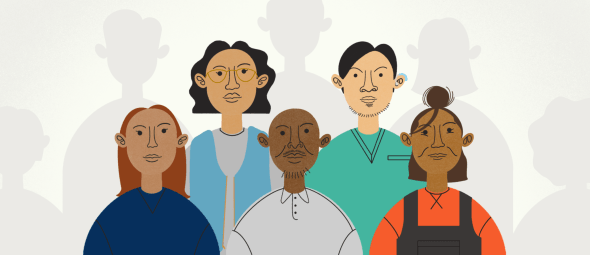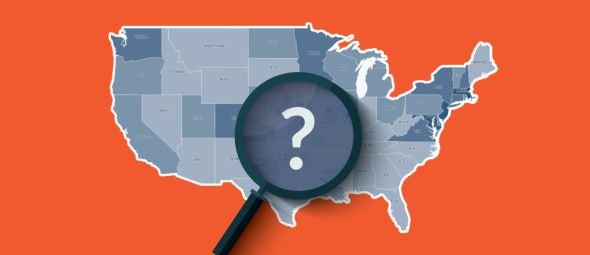For millions of people in America’s workforce, economic stability and upward mobility remain frustratingly out of reach. Low-wage workers all across the nation are living from paycheck to paycheck, with just a handful of counties nationwide where the average job pays enough to afford the local cost of living. Although people across all income levels experience difficulties meeting expenses, those in the low-wage workforce are particularly susceptible to economic shocks.
Through this body of work, learn more about the people, places, and occupations that characterize the low-wage workforce as well as the policy conditions that create these disparities.
PROFILES
In Depth

Worker voice, representation, and power
Feature
Last updated on October 24, 2024
Segregation in the Low-Wage Workforce
Over the past 50 years, the composition of the low-wage workforce has changed: more than half of low-wage workers are now people of color, up from just 20 percent in 1971. Today, Black, Latino, and women workers are more likely to be segregated into worse-quality and lower-paying jobs.
WorkRise Research
ANALYSIS
- Challenges to Unemployment Insurance Claims by Some Businesses Limit Access to UI Income Support for Low-Wage Workers
- The Consequences of Signing Noncompete Agreements among Low-Wage Workers and Those without College Degrees
- Consequences of Workplace Incivilities toward Women in Low-Wage Jobs
- Minimum Wages Create Opportunities for Good Jobs and Better Business Productivity
- Eviction Cases Penalize Low-Wage Workers When They’re Down
- The Impact of Student Debt on the Low-Wage Workforce
- How Can the Forces of Change Be Harnessed to Create an Inclusive and Equitable Labor Market?
- New Evidence Shows Internal Labor Markets Favor Higher-Wage over Lower-Wage Workers

